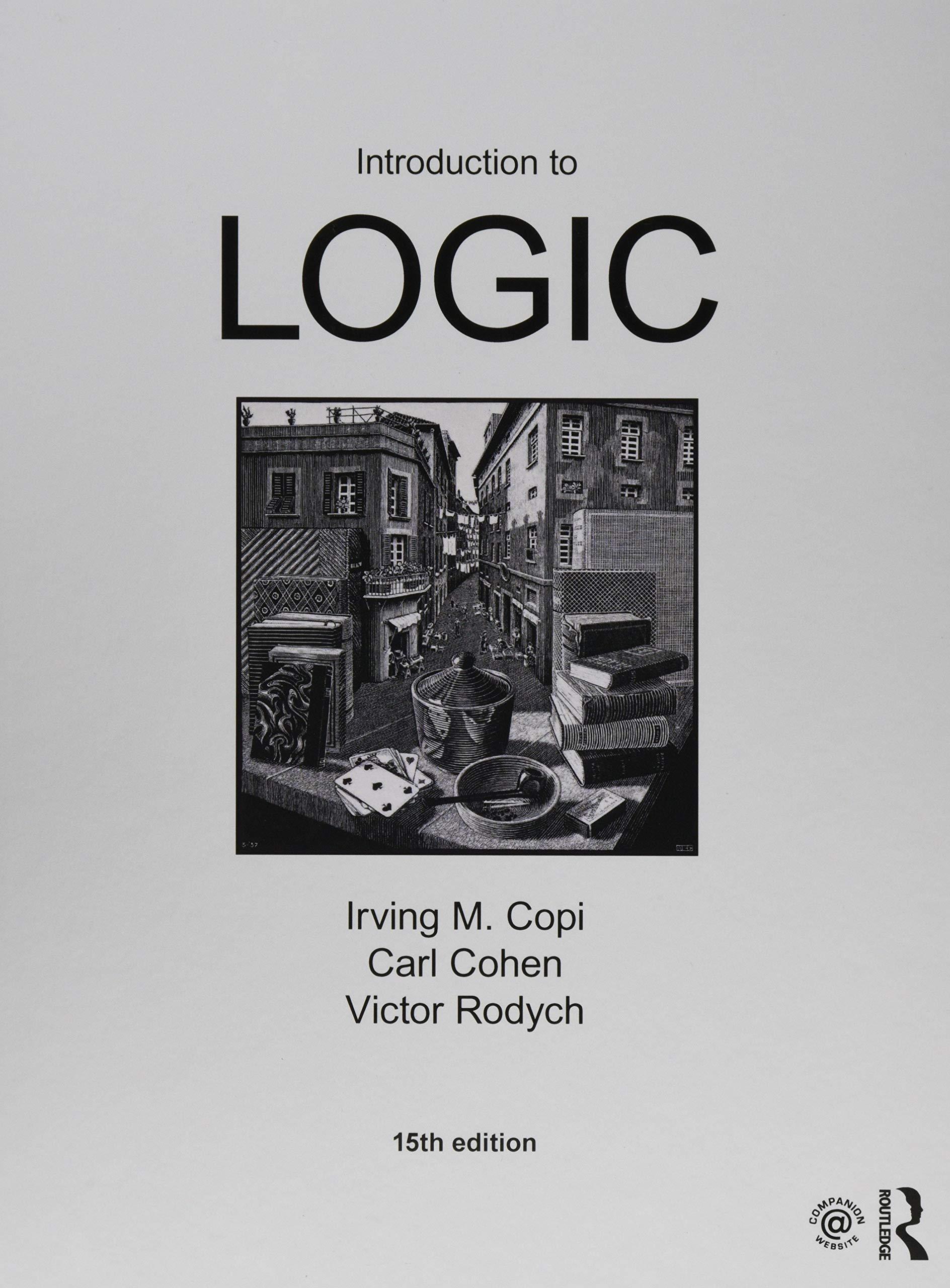In each of the following passages, a. What data are to be explained? b. What hypotheses are
Question:
In each of the following passages,
a. What data are to be explained?
b. What hypotheses are proposed to explain them?
c. Evaluate the hypotheses in terms of the criteria presented in Section 13.3, pp. 564–566.
The Nobel Prize for chemistry for 2003 was shared by Dr. Peter Agre, who encountered a new protein by serendipity. He had been studying a particular protein found in blood when he found another protein contaminating his sample. Trying to develop an antibody that would hook on to the protein he was studying, Dr. Agre found that the antibody hooked on to the contaminating protein instead—which turned out to be one of the most abundant proteins found in blood samples, although no one had identifi edit before. But what did it do? He looked for similar proteins and found some—whose functions also were not known—in the roots of plants. The situation grew “curiouser and curiouser,” Dr. Agre said. Finally he tried testing whether the new protein could be a water channel. That such channels might exist had been suggested long ago—but diffusion had then seemed to explain water movement, and specific channels had never been discovered.
To test the water channel hypothesis, Dr. Agre added the gene that produced the mystery protein to the eggs of frogs. The modifi ed eggs, placed in fresh water, quickly swelled and burst, strongly confirming that theory. “The eggs exploded like popcorn,” Dr. Agre said. The newly discovered proteins, called “aquaporins,” have a channel just a little wider than a water molecule, and have recently been found also in human kidneys, where water is extracted from urine and recycled. “This really fell into our laps,” Dr. Agre said when his Nobel Prize was announced. “Being lucky is an important ingredient in scientific success.”
Step by Step Answer:

Introduction To Logic
ISBN: 9781138500860
15th Edition
Authors: Irving M. Copi, Carl Cohen, Victor Rodych





